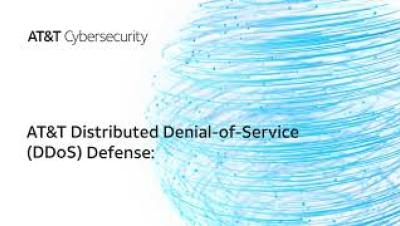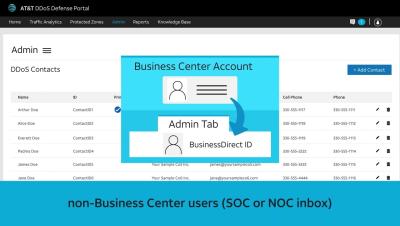The Impact of UNECE R155 on Automotive Cybersecurity
In an era where technology and transportation converge, the fusion of vehicles with IoT technologies heralds a new dawn of mobility. This leap forward promises enhanced connectivity and autonomous capabilities, yet casts a shadow of cyber vulnerabilities that could jeopardize not just the integrity of the vehicles but the safety of their passengers.





